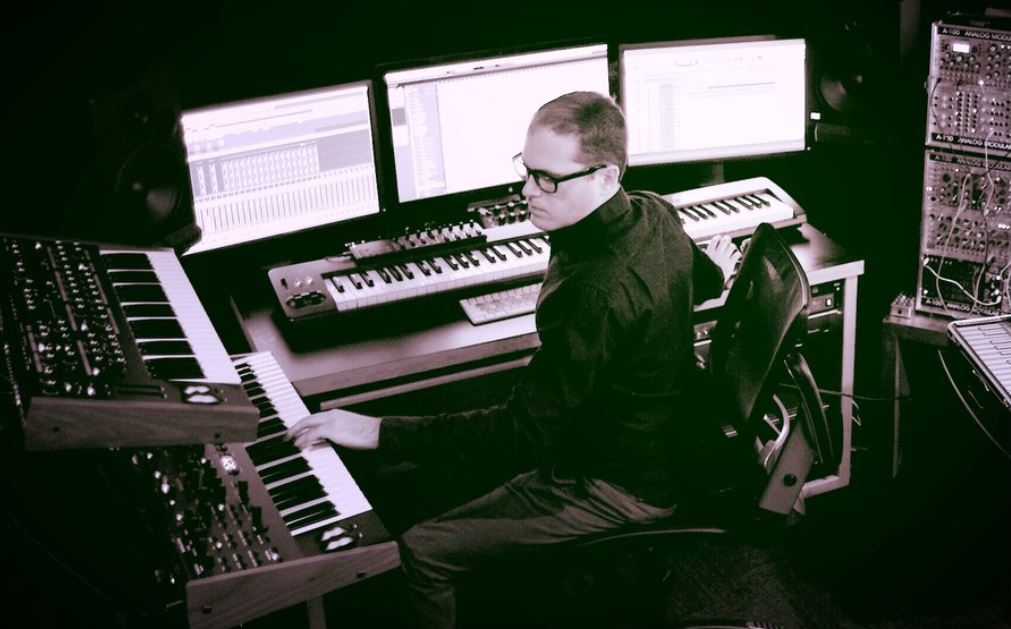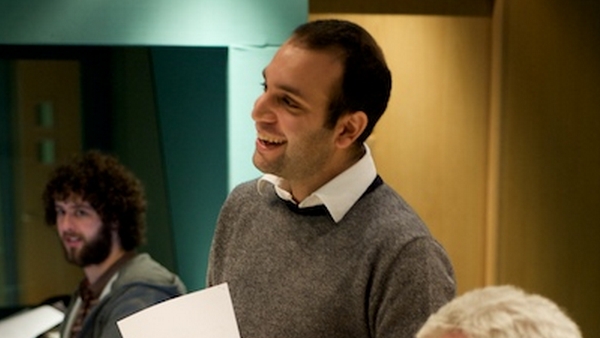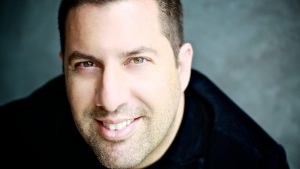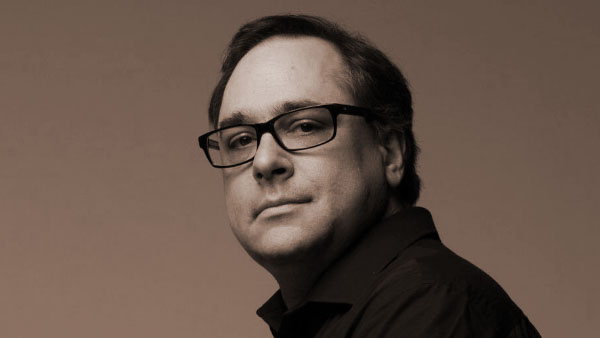
Over the last 23 years, composer Joe Kraemer has seen his fair share of stories. His resume is full of everything from short films to Hallmark Channel flicks to the biggest Summer blockbusters. But his latest might be the most complex project to date.
The Man Who Killed Hitler and Then The Bigfoot really is a unique film. In a way, it’s literally the title and, yet nothing like; it sounds like a Troma film, or a Roger Corman movie, when it has more in common with what you’d get from Frank Darabont, or Robert Zemeckis, without it feeling like a throwback.
We’re fans of the music Kraemer wrote for The Way of the Gun – those drum cues are impossible to get out of your head – and he’s done great work for the Mission: Impossible series. Yet if he had to leave the world of the IMF, the only way up would be The Man Who Killed Hitler and Then The Bigfoot.
The focus of the film is the world-weary Sam Elliott reconciling how his past is trying to define his future. Then there’s a decades-long love story, and relationship with his brother. It’s a complex story with a simple premise, yet it all boils down to the tale of ‘The Man.’ Enjoy our time with Joe Kraemer.
GoSeeTalk: This film has made a lot of stops on the festival circuit following its premiere in Montreal last year. Sometimes, the translation of a film can be pretty funny when translated or changed when screening internationally: Wreck It Ralph was “Sugar Rush” in Japan, and in Korea, The Incredible Hulk translates into “The Man Who Has Two Faces.” Anything like that happen?
Joe Kraemer: [Laughs] No, nothing like that in Sitges. In Spain, it was run with Catalan subtitles. But the film didn’t have a foreign audio track, and the title stayed the same. I don’t really know how you would change the title. Maybe it’s El Senor Que Muetre Hitler Y El Bigfoot. In a genre festival like Sitges, the title ran the risk of misleading the audience because it sounds like a Roger Corman type movie when actually it’s more of a Frank Darabont movie.
This film really has it all. It is genre filmmaking but also like a Trojan horse for something deeper and unexpected. It’s everything you’d expect it to be, but also nothing like that. What was the vibe you got when you first took looked at the script?
Robert D. Krzykowski, well, Bob, and I first worked together on a short film he made called Elsie Hooper. He gave me a script during that time, and said that he would love to have me score it when he got around to making it. I read about 20 pages, and was all in. I don’t like to read scripts because so much can change between the script, the shoot, and the edit of the film. When you read a script you can’t help but cast the script in your head, and I go so far as to set the locations, and cut the film in my head, and then when I see the film, I go “this is nothing like what I read!” [Laughs]
A nice perk of trying to avoid reading the script is that when I’m shown the film for the first time, I’m one of the first people to see the film who had nothing to do with working on it. If the director is looking for a fresh pair of eyes, I can give them that. That can be helpful.
On this film, I focused on Sam Elliott’s character, and really thought about what kind of person he was, and how that related to the life he lived, as well as the people in his life. I did a little research while I took my kids to school, which, because I live in L.A., takes hours. So I’d listen to different kinds of music, and I stumbled across this piece by Bach that seemed to have a quality that inhabited Sam’s performance. I didn’t think we’d use it literally, but this piece became the first musical idea that I brought to the table
How did that compare with what was temped?
Bob, and his editor, Zach Passero, had put in some music that were all sketches. It was ballpark, and not refined. They were in El Paso, and I flew out to meet them as they were cutting the film, and I saw what scenes had temp and which didn’t. When looking at which part of the film did and didn’t need music, there was this one important scene where Sam Elliott explains to Ron Livingston the truth of what happened in WWII, and that this wasn’t a comic book movie.
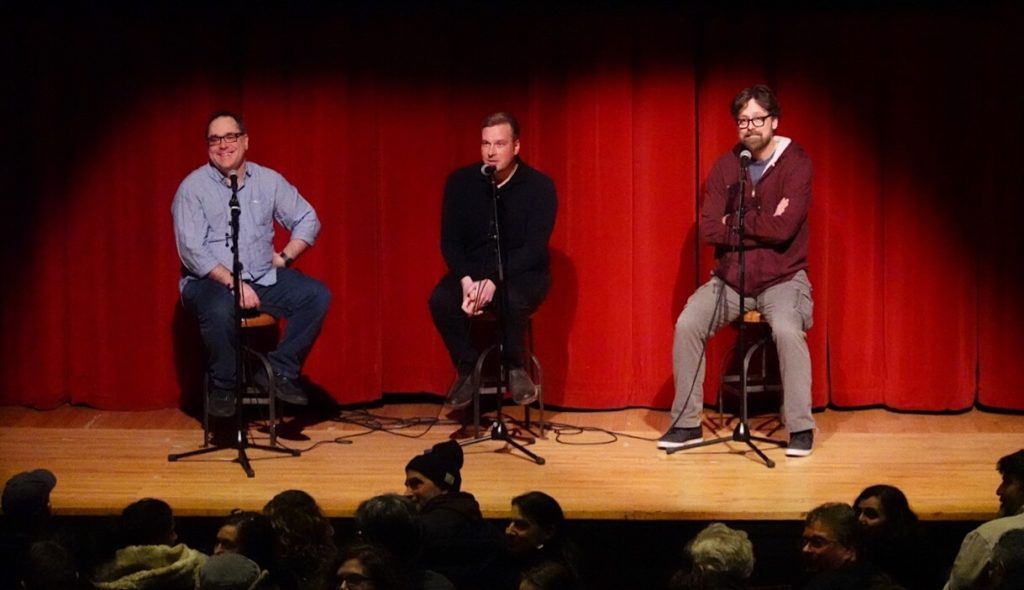
That scene was amazing. Elliott was riveting, and I noticed that most of it was without music.
You’re right. His work, and that scene didn’t need help from the score. His performance was perfect. But we found that adding very subtle music could take the audience out of the living room, and put it in Sam Elliott’s head…or it could just take you out of the scene. For example, there were some shots earlier in the film where the FBI were in a car observing Sam’s character surreptitiously.
When we were cutting the film, and wondering if the audience was going to get what we’re going for, we tried adding little bits of music to signify the fact he’s being surveilled. We tried it when we mixed the film at Skywalker Ranch, but when we had a rundown of the mix on their big screen at the Stag Theater, and saw it on that big screen, based on the framing of the shot, it was very clear that the agents were following him – we didn’t need to highlight it with music.
You’ve got two different version of Sam’s world-weary character on screen. How did you find a balance between the actor, and the character, and between time periods in his life?
It was a process of exploration. An interesting story was what I wrote for Barr. The original theme I wrote was something Bob and I loved. We both agreed that it was the right theme. But then when we used it, and set it in the film, we both agreed it was hitting the story a little too hard. One thing we wanted to be careful of, was to take note of the sentimental element of the film. We didn’t want to lose it, but we didn’t want to overdo it, because if we overplayed it, it would start to feel more like a TV movie more than a theatrical film.
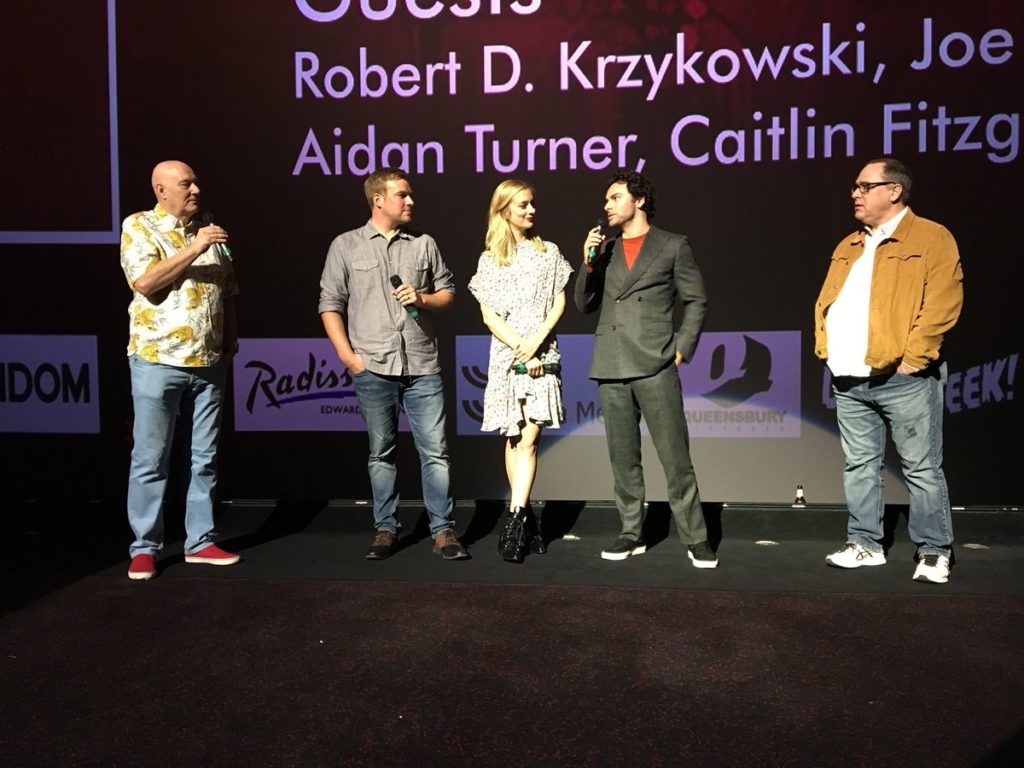
There was a tenderness to the main theme, and reminded me a lot of how I felt listening to E. T., and some Jerry Goldsmith scores.
We definitely aimed for that Amblin’ era, and it was lovely because my friend Bruce Botnick, who I had met on Jack Reacher, was the engineer for score to this film as well, and he was the engineer on E.T. for John Williams’ score, and he did a lot of work with Jerry. So I feel like we tied it together nicely. The pedigree on this film has been terrific, with Doug Trumbull and Richard Yuricich, two legends in visual effects as well. Bob really assembled a tremendous team from development, to shooting, to post-production, not to mention being able to mix at Skywalker Ranch, which was just fantastic.
The Man Who Killed Hitler and Then The Bigfoot is written and directed by Robert D. Krzykowski. The film stars Sam Elliott, Aidan Turner, and Ron Livingston. It is distributed by RLJ Entertainment , and will be released on February 8, 2019.
Since WWII, Calvin Barr has lived with the secret that he was responsible for the assassination of Adolf Hitler. Now, decades later, the US government has called on him again for a new top-secret mission. Bigfoot has been living deep in the Canadian wilderness and carrying a deadly plague that is now threatening to spread to the general population. Relying on the same skills that he honed during the war, Calvin must set out to save the free world yet again. Starring Sam Elliott (A Star is Born), Aidan Turner (“Poldark”), Caitlin FitzGerald (“Masters of Sex”) and Ron Livingston (Office Space), THE MAN WHO KILLED HITLER AND THEN THE BIGFOOT follows the epic adventures of an American legend that no one has ever heard of.
